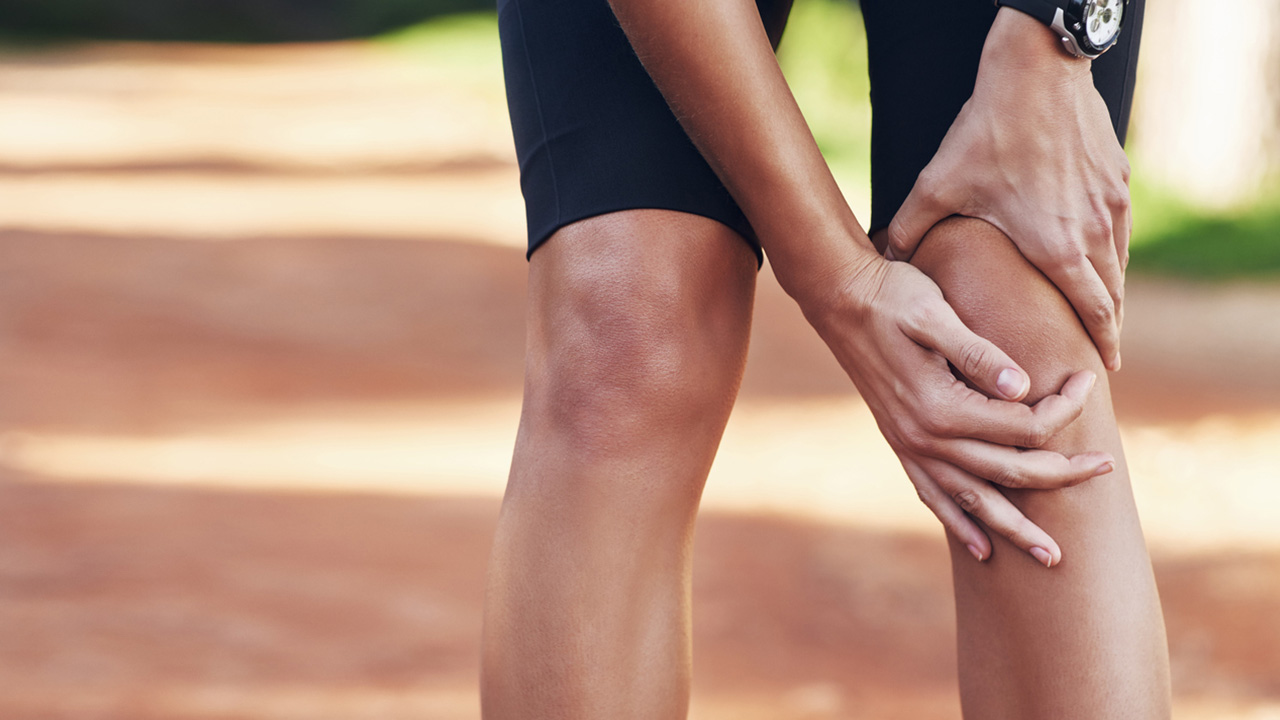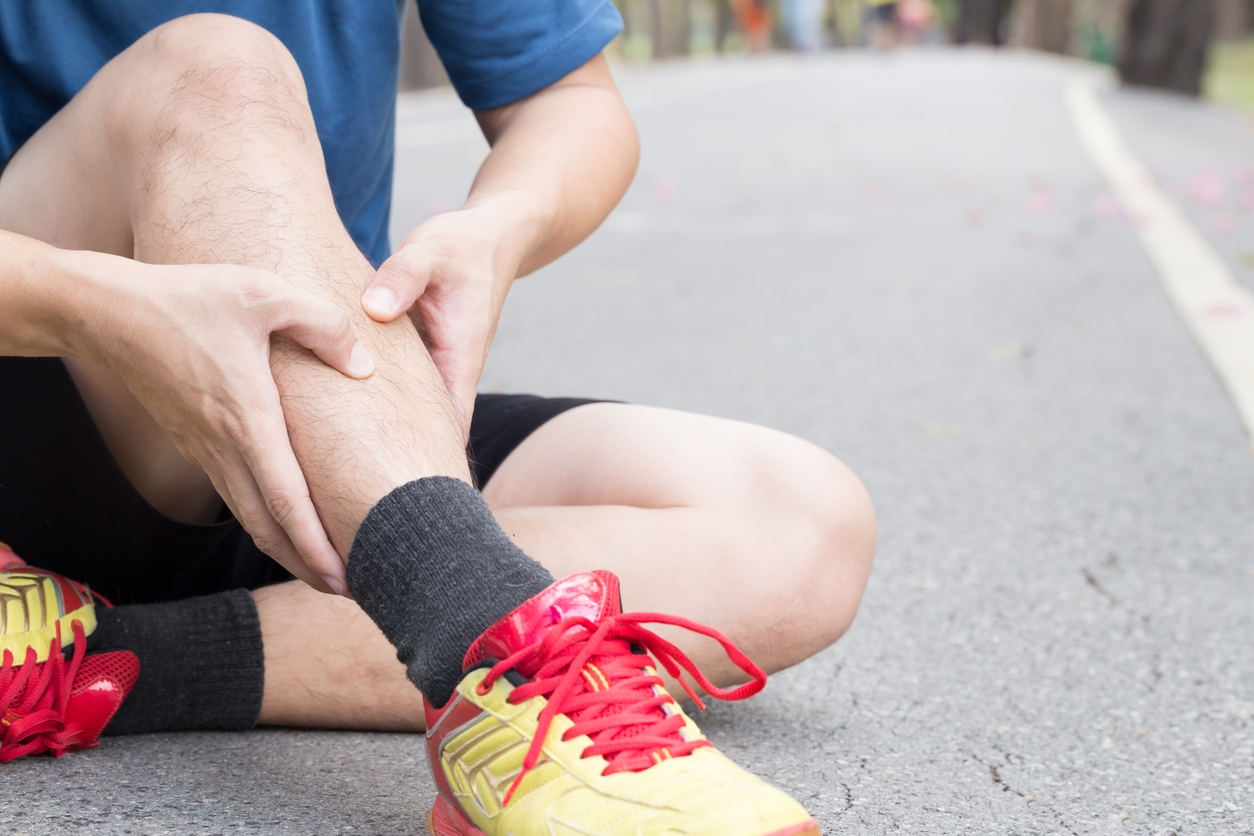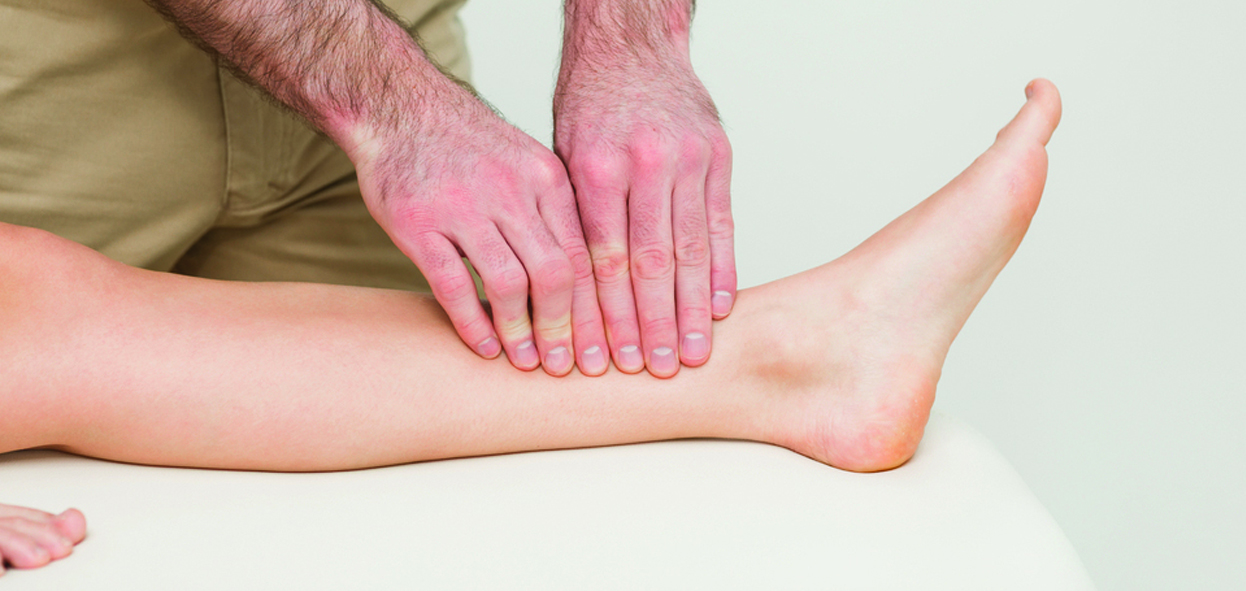Make no mistake about it: Incorporate running into your daily routine, and there’s a good probability injury may follow. While estimates on running injuries vary, between 30 to 75 percent of runners are injured each year. No one told you that before running the marathon.
Most types of running injuries take place when you train too fast, too hard (apply repeated force on a continuous basis) and give your body enough time to recover. Sudden changes in training frequency, whether a beginner or a professional, can also cause some damage. Below are 3 of the most common injuries experienced by those who regularly hit the pavement, along with some advice on how to recover.

1. Runner’s Knee
The patellas underside is sheltered by a layer of cartilage that keeps the knee joint safe and enables it to move and bend quickly. The repetitive pounding on the pavement, body imbalance, downhill running, and weak muscles can cause wear and tear on the cartilage of the patella, leading to its breakdown. With damaged cartilage, the patella is no longer separated from the knee joint and can start to rub against it, causing irritation and pain known as runner’s knee or chondromalacia.
To address the pain, start using a knee brace or tape your knee with a kinesiology tape and take a break from running until the pain subsides. Taking anti-inflammatory drugs may also help. In severe cases, surgery may be required to remove or restructure fragments of broken cartilage. Fortunately, procedures like microfracture knee surgery are minimally invasive and work well to promote healing and reduce pain. Most methods involve the removal of damaged cartilage and increase of blood flow from the underlying bone. Also, holes made in the impacted area enable the formation of new, healthy cartilage.
2. Shin Splints

If you’ve never experienced that pinching and burning sensation in your shins, please reveal your secret! Easily among the most irritating of running injuries, shin splints occur when there’s repetitive trauma experienced by the connective tissue (made up of tendons and muscles) that covers the shinbone. It’s normal for the tissue to become inflamed, break down, and sometimes accommodate the formation of scar tissue, all of which produce tightness and pain.
Investing in running sneakers that offer better cushioning is an ideal start, but the choice of footwear is just a tiny part of complete recovery. The real solution is strengthening, which involves undergoing a heel raise program to strengthen the ankles and calves. If you’re irritated by the stabbing, ice the shins for 10-15 minutes and elevate them at night to reduce swelling. It’s also a good idea to avoid hiking activities or going up a hill, which place extra stress on the tibialis muscles of the shin.
3. Achilles Tendonitis

This injury causes pain and inflammation within the Achilles tendon. During running, glutes and calf muscles are used to propel individuals forward, and if they’re being put under stress repeatedly, smaller parts like tendons have to come in for support, which can result in a lot of dull pain and ache. Achilles tendonitis is often experienced by senior runners, as aging causes them to lose blood supply in the mid part of the tendon, which causes brittle bones.
Recovering from Achilles tendonitis requires strengthening the surrounding muscles. Often it’s the calves or the hips that need strengthening, but issues with the core and feet are standard, as well. Hence, make sure you’re also doing heel raises and stretching to ensure the muscles crossing beneath the foot are balanced and healthy.
Whatever the injury, it’s important to give yourself time to recover and seek recommendations from a qualified medical professional. Only begin running again when you’ve made a complete recovery.
Disclaimer
The Content is not intended to be a substitute for professional medical advice, diagnosis, or treatment. Always seek the advice of your physician or other qualified health provider with any questions you may have regarding a medical condition.




